The mighty 2021 Suzuki Hayabusa is the third-generation model of this legendary motorcycle and has finally been globally unveiled today.

As we can see, the 2021 Suzuki Hayabusa sports a couple of minor changes to the design and styling – the bike will sport all-around LED lighting, gets a redesigned tank, and an aerodynamically improved front fairing.
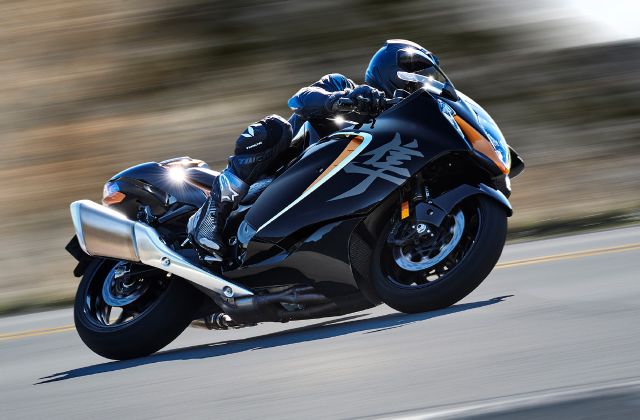
Apart from this, we also see the bike sporting a new exhaust unit which is now longer and fully chrome-plated. Overall, the bike has retained the silhouette of the original Hayabusa but now has a more aggressive stance.
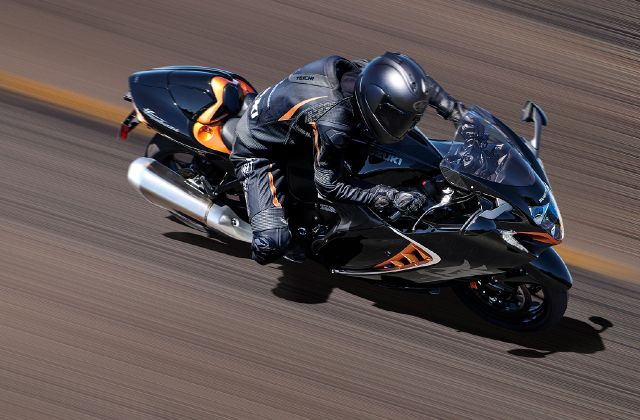
Suzuki have revealed that the all-new Hayabusa will be sold worldwide, starting from Europe toward the end of February, subsequently followed by markets including North America and Japan. We can expect to see the motorcycle hit our shores by the end of 2021.
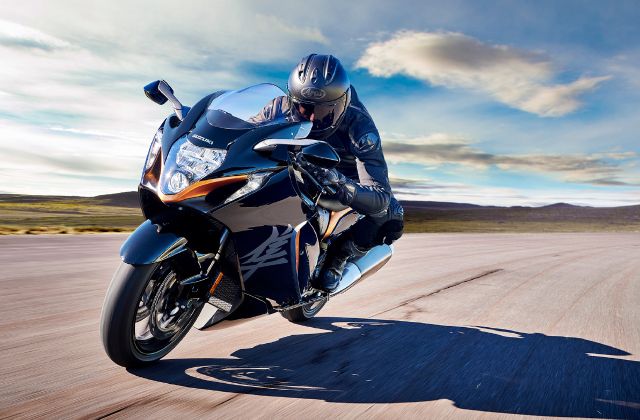
The bike will be sold with the option of three colour options – Glass Sparkle Black/Candy Burnt Gold, Metallic Mat Sword Silver/Candy Daring Red, Pearl Brilliant White/Metallic Mat Stellar Blue). The bike now gets a kerb weight of 264 kg.
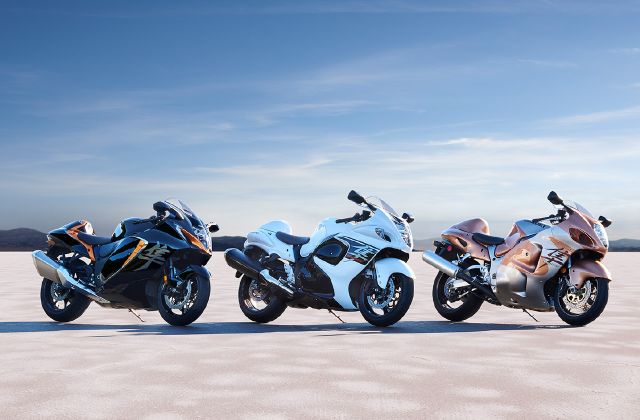
The updated Hayabusa will draw its power from a Euro 5 compliant (BS6) 1,340-cc, inline four-cylinder motor. This engine will put out 187.7 hp at 9,700 rpm and a peak torque of 150 Nm at 7,000 rpm. It is mated to a six-speed gearbox with a bi-directional quickshifter.

This new engine will feature a ride-by-wire electronic throttle system and a revised intake and exhaust mechanism which Suzuki says will help with enhanced output and torque in the low-to-mid speed range. The bike also has a newly-installed Suzuki Intelligent Ride System (S.I.R.S.) that features SDMS-α, which helps riders to select pre-set patterns on five different electronic control systems including Power Mode Selector, Traction Control, Engine Brake Control, and two other controls. The latest electronics and tech package includes ride modes, a quickshifter, traction control, cornering ABS, and a six-axis IMU.
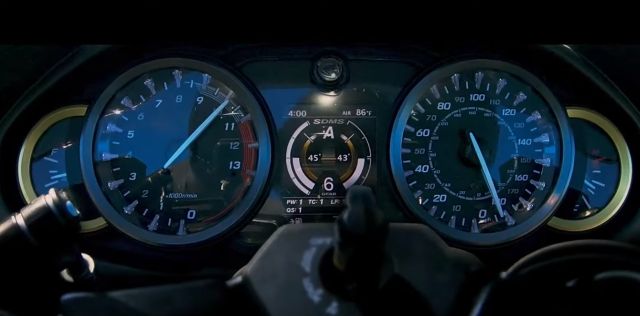
We await a ride on the 2021 Hayabusa to tell you all about how it fares when compared to its predecessors.


Leave a Reply